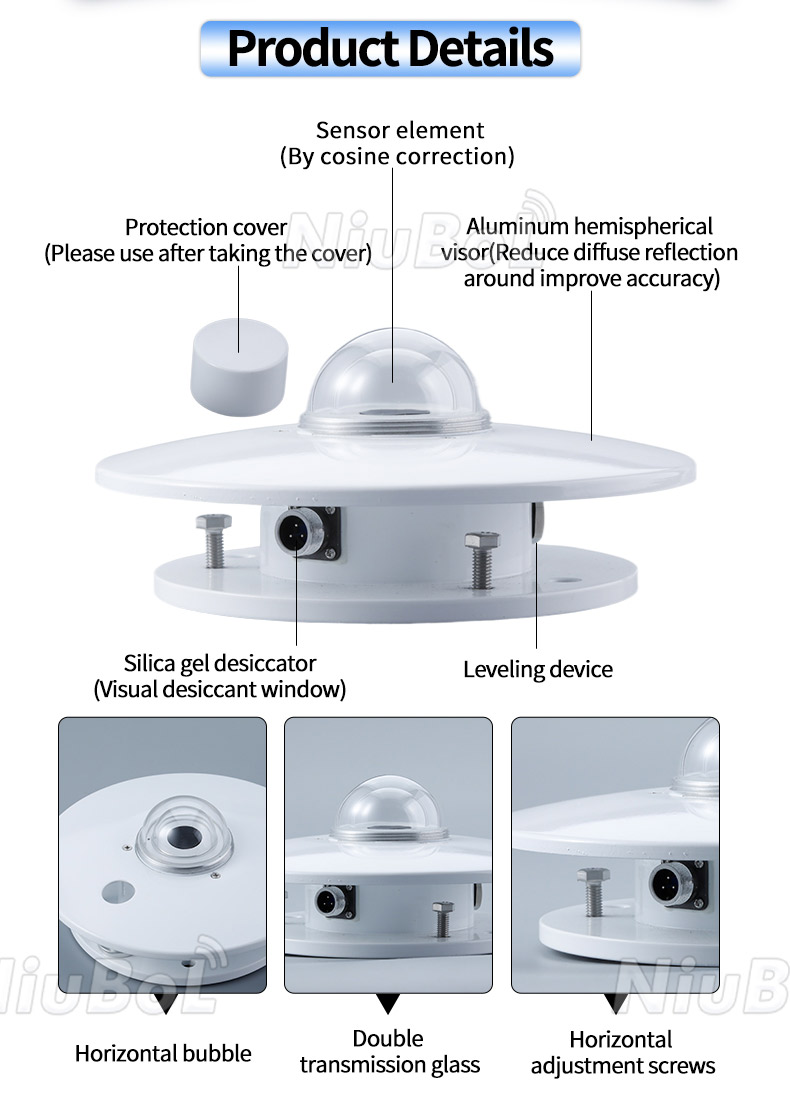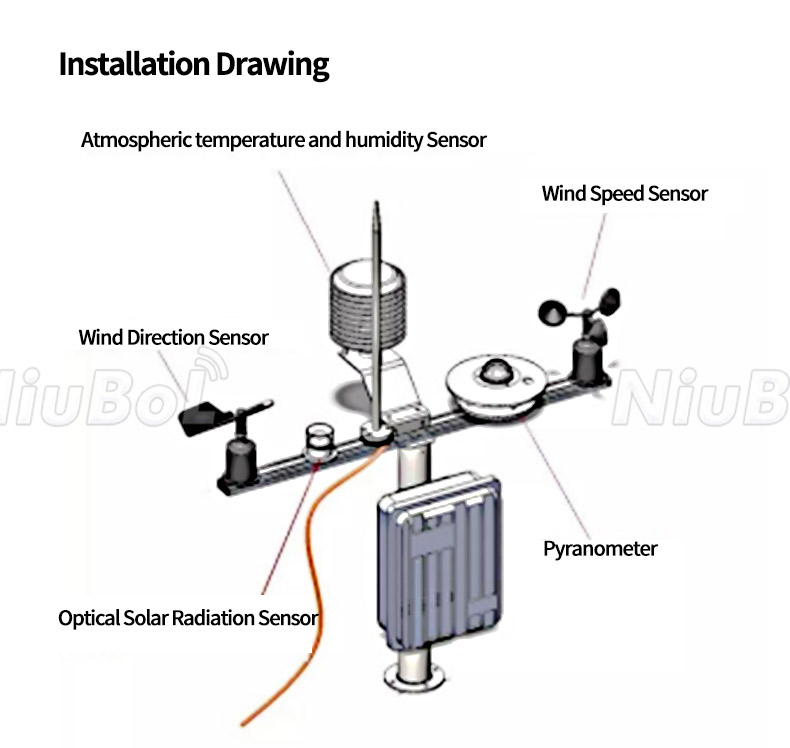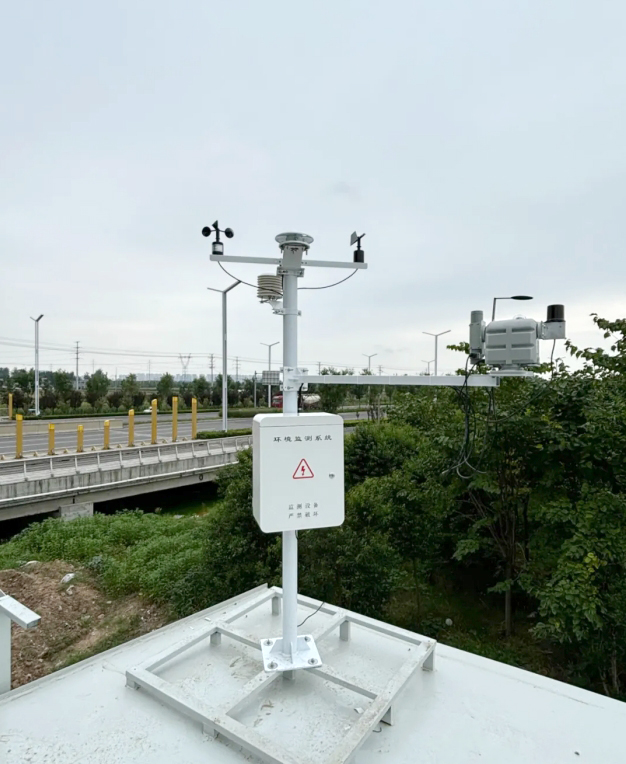

— Blogs —
—Products—
 Consumer hotline +8618073152920
Consumer hotline +8618073152920 WhatsApp:+8615367865107
Address:Room 102, District D, Houhu Industrial Park, Yuelu District, Changsha City, Hunan Province, China
Product knowledge
Time:2024-09-01 15:42:18 Popularity:1130
Understanding the difference between solar radiation and irradiation is essential for anyone involved in solar energy applications, meteorology or climate science. The following is a detailed explanation of each term and its differences.
I. Definitions and Focus
Definition of Solar Radiation.
Solar radiation is the total amount of electromagnetic energy emitted by the sun. This includes a wide range of wavelengths, from ultraviolet (UV) to infrared (IR), including visible light.
-It is the raw output of the sun's energy, before it interacts with the earth's atmosphere or surface.
-Solar radiation can be measured at the top of the atmosphere (TOA) as the solar constant, which is about 1361 W/m².
-It consists of both direct and diffuse components, where the direct radiation comes directly from the sun and the diffuse radiation is scattered by the atmosphere.
Solar Irradiation Definition.
On the other hand, solar irradiation is the amount of solar radiation received per unit area at a given time. It is essentially the accumulation of solar radiation over time.

-Irradiation is measured in watts per square metre (Wh/m²) or kilowatt hours per square metre per day (kWh/m²/day).
-It takes into account the duration of exposure to solar radiation, making it a more practical metric for applications such as solar panel efficiency calculations.
-Irradiation can be affected by factors such as cloud cover, atmospheric conditions and the angle of incidence of the sun's rays.
Key Differences
- Instantaneous vs. cumulative: Solar radiation is an instantaneous measurement of solar power, while solar irradiation is a cumulative measurement over time.
- Units of Measurement:Solar radiation is usually measured in watts per square metre (W/m²), while solar irradiation is measured in watt-hours per square metre (Wh/m²) or similar time-based units.

Solar Radiation: is more commonly used in meteorology, climatology, astronomy, and energy sciences to describe the effects of solar radiation on the Earth's environment, climate system, and solar energy use. For example, to study how the intensity and distribution of solar radiation affects the Earth's temperature, precipitation, and other climate elements, or to assess the potential and viability of solar energy resources.
Solar irradiation: on the other hand, may be more present in fields such as engineering, materials science, building design, agriculture, etc., especially when discussing the efficiency of solar energy collection, utilisation and conversion. For example, in solar photovoltaic (PV) systems, the focus is on the amount of solar irradiation received by the solar panels and their conversion efficiency; in agriculture, the effect of solar irradiation on crop growth and yield is studied.
Background:Solar irradiation is more relevant to understanding the intensity of sunlight at a given moment in time, and solar irradiation is critical to assessing the potential energy yield of solar panels or the impact of solar energy on long-term climate.

Summary
In summary, solar radiation and solar irradiation, while both involving the process by which energy emitted by the sun strikes the earth or an object, differ in their focus and application context. Solar radiation focuses more on describing the characteristics and effects of solar radiation itself, while solar irradiation focuses more on describing the interaction process between solar energy and the surface of an object and its effects. In practical application, the appropriate vocabulary should be chosen to describe the process according to the specific object and goal of the study.
NBL-W-HPRS-Solar-Radiation-Sensor-Instruction-Manual-V3.0.pdf
Related recommendations
Sensors & Weather Stations Catalog
Agriculture Sensors and Weather Stations Catalog-NiuBoL.pdf
Weather Stations Catalog-NiuBoL.pdf
Related products
 Combined air temperature and relative humidity sensor
Combined air temperature and relative humidity sensor Soil Moisture Temperature sensor for irrigation
Soil Moisture Temperature sensor for irrigation Soil pH sensor RS485 soil Testing instrument soil ph meter for agriculture
Soil pH sensor RS485 soil Testing instrument soil ph meter for agriculture Wind Speed sensor Output Modbus/RS485/Analog/0-5V/4-20mA
Wind Speed sensor Output Modbus/RS485/Analog/0-5V/4-20mA Tipping bucket rain gauge for weather monitoring auto rainfall sensor RS485/Outdoor/stainless steel
Tipping bucket rain gauge for weather monitoring auto rainfall sensor RS485/Outdoor/stainless steel Pyranometer Solar Radiation Sensor 4-20mA/RS485
Pyranometer Solar Radiation Sensor 4-20mA/RS485
Screenshot, WhatsApp to identify the QR code
WhatsApp number:+8615367865107
(Click on WhatsApp to copy and add friends)